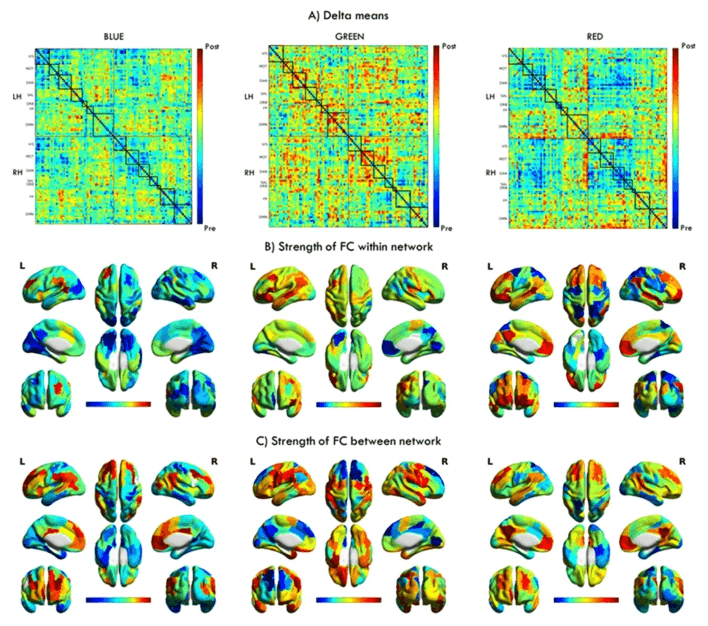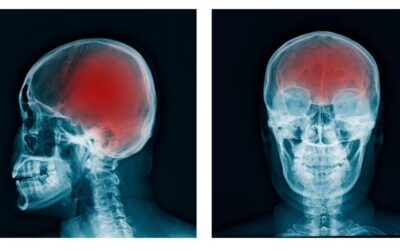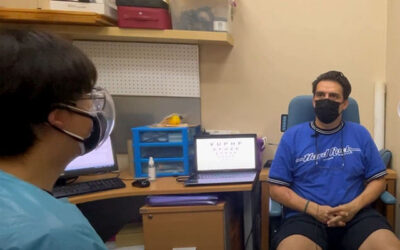This study demonstrates the effects of various light wavelengths on specific brain regions. It reveals that exposure to certain monochromatic wavelengths can influence non-visual areas of the brain. The findings suggest that light therapy can positively affect health issues like spring asthenia, circadian rhythm disruptions, and even bipolar disorders and Alzheimer’s disease. Furthermore, the research underscores the importance of supervised application of syntonic light therapy, emphasizing that it cannot be applied haphazardly. Research reference link.
Vision Problems After Concussions
In Malaysia, traumatic brain injury (TBI), often caused by car accidents, is a major cause of death, especially in individuals under 45. TBI can lead to Post Trauma Vision Syndrome (PTVS), characterized by symptoms like dizziness, eye coordination problems, headaches, and reading difficulties. PTVS, resulting from concussions, affects various aspects of vision and balance, leading to ocular motor and binocular dysfunctions as well as convergence and accommodative dysfunctions. Treatment typically involves Neuro-Optometric Vision Rehabilitation, focusing on improving eye movement control, brain-eye coordination, and visual information processing, which helps alleviate these symptoms.




